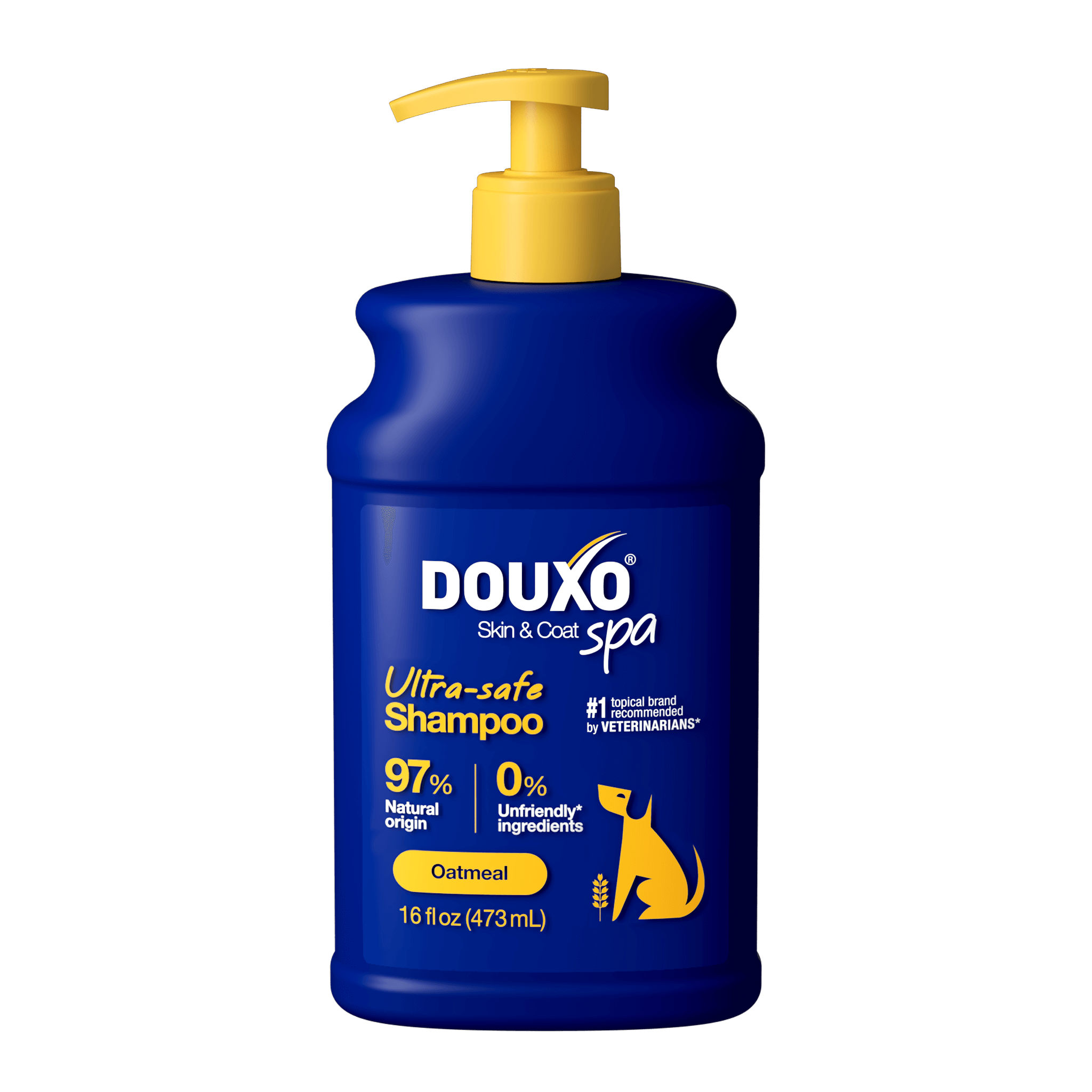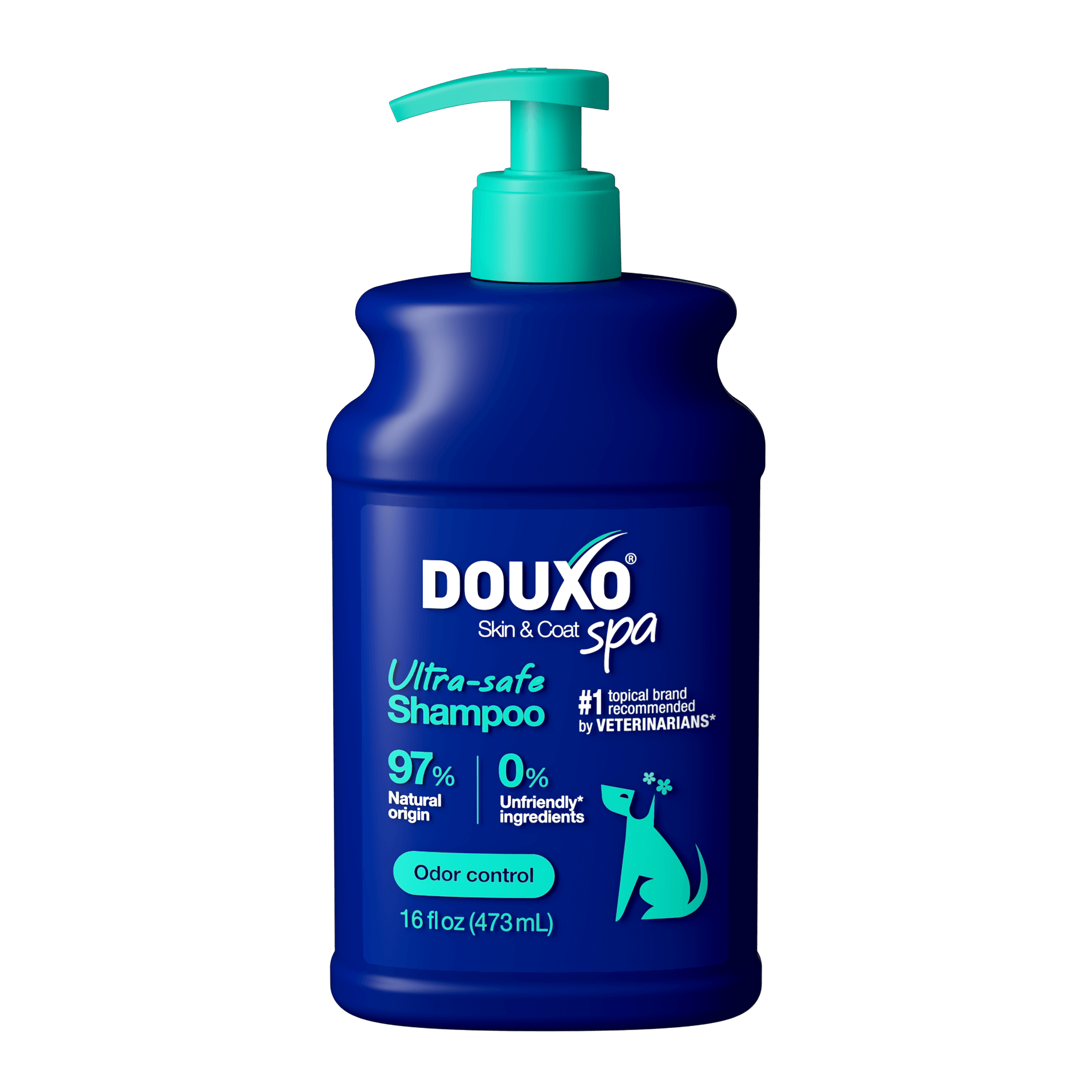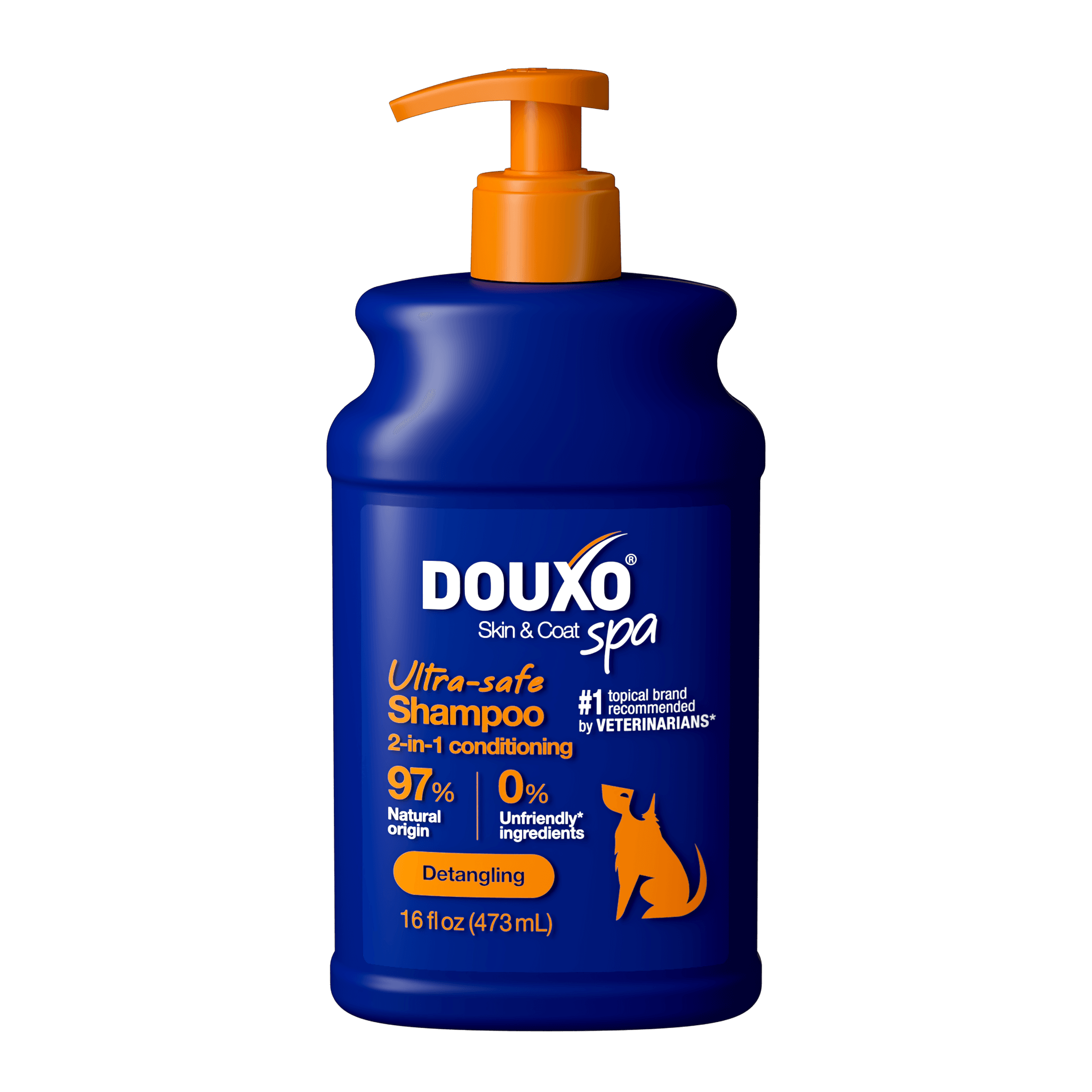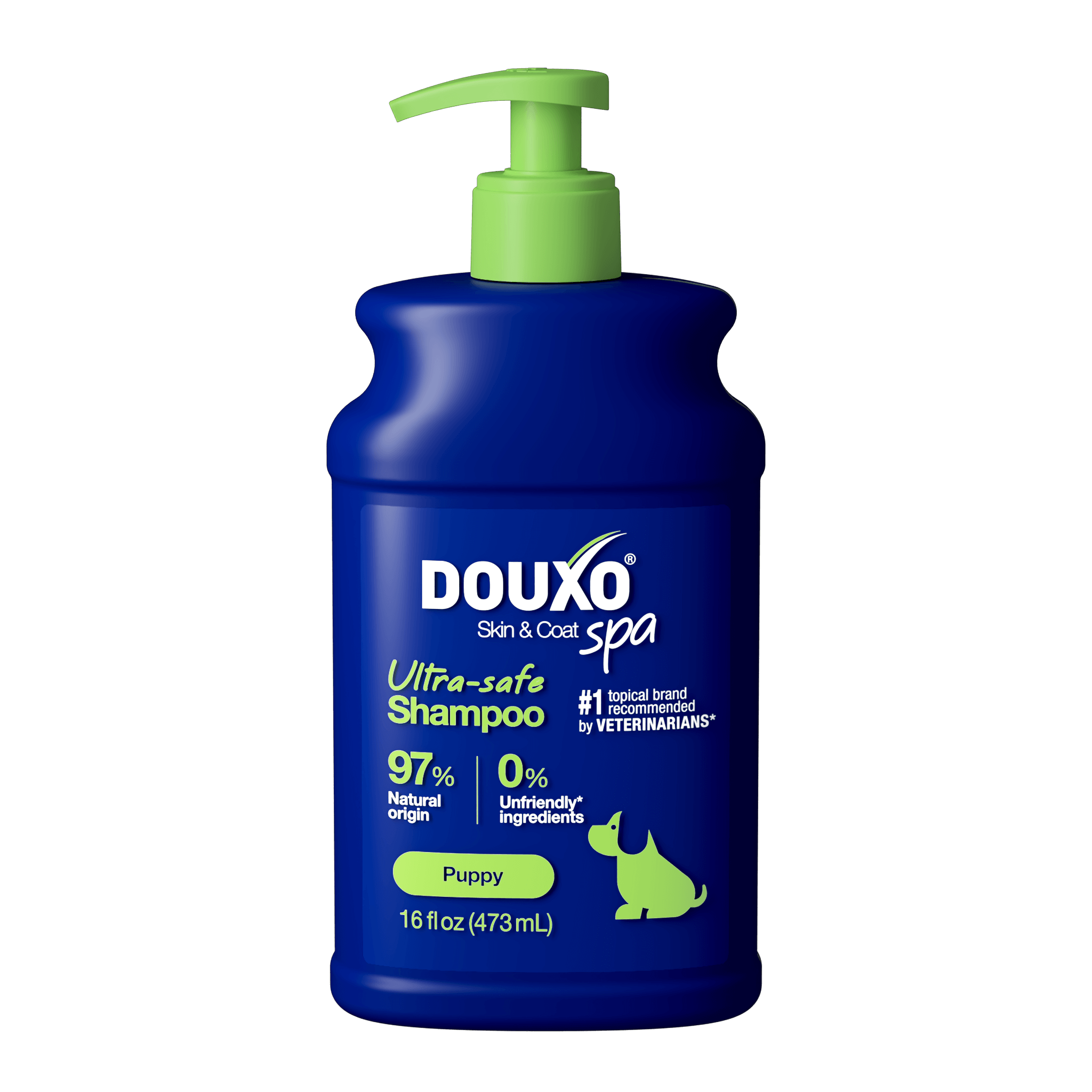4 key points on dog-bathing routines
How often
The optimal bathing frequency varies based on factors such as breed, lifestyle, hea...
The optimal bathing frequency varies based on factors such as breed, lifestyle, health, age and owner preference.
How to make it positive
Ensure a positive dog bath experience by using positive reinforcement, allowing exp...
Ensure a positive dog bath experience by using positive reinforcement, allowing exploration, providing treats, providing a non-slip surface and being mindful of water temperature and pressure.
How to bathe
Prepare by brushing your dog and choosing an appropriate bathing location. Wet your...
Prepare by brushing your dog and choosing an appropriate bathing location. Wet your dog, apply shampoo, make it lather and massage. Clean skin folds thoroughly, and fully rinse off all shampoo.
How to dry
Towel dry your dog, or use a dog-specific blow dryer on low heat. If you use a blow...
Towel dry your dog, or use a dog-specific blow dryer on low heat. If you use a blow dryer, introduce it gradually to avoid frightening your dog.
Like many factors when it comes to dog ownership, dog bathing is not a one-size-fits-all approach. While it is essential for grooming and hygiene, not all dogs will require the same bathing method and frequency. This will be dependent on several factors, including breed and the type of coat your dog has, the environment around them, their lifestyle and activity, and any underlying skin or health conditions.
Recommended products
How often should you bathe your dog?
What is the right frequency?
The recommended bathing frequency for your dog varies anywhere from weekly to once everythree months. Factors that influence how often a dog needs to be bathed include:
Breed, coat and skin type – breeds with short coats may not need bathing all that often, whereas breeds with longer hair or double coats may need more frequent baths due to trapped dirt and grime.
Lifestyle – an adventurous dog that’s out and about and getting muddy will need more frequent baths than a dog that prefers to enjoy its home comforts.
Health conditions – dogs with skin conditions may be medically required to have more frequent baths. DOUXO® S3 products, which are specially formulated to not dry out dogs’ skin and fur, are often ideal in these situations.
Age and owner preferences – puppies often require more regular bathing than adult dogs due to their tendency to explore. It is ideal to use a product specifically formulated to protect their skin and coat, which is even more delicate than an adult dog’s. Another factor to consider is owner inclination – pet parents may prefer more frequent bathing for dogs spending a lot of time lounging on beds and sofas.
Regularly checking your dog's skin can help identify any abnormalities, such as lumps, bumps, redness, or irritation. If you notice any unusual changes, consult with your veterinarian promptly.
Which products should you use?
When bathing your dog, use products specifically formulated for their needs. Regular human shampoos are not suitable for dogs due to their different skin pH levels and the presence of additives that can irritate their skin. While baby shampoo may be a temporary alternative, it is still designed for human skin and should not be a long-term solution.
Using cat shampoo on dogs is permissible in a pinch, as cat shampoos are generally milder and safer for dogs than vice versa. However, cat shampoos should not be used on dogs regularly, as they may not effectively remove dirt and grime from a dog's longer and thicker coat. Additionally, to ensure you’re using a product targeting your dog’s specific issue, prescription or medicated shampoos should be used when recommended by veterinarians.
Specially formulated for gentle cleansing, DOUXO SPA Ultra-safe Shampoos leave your dog's skin hydrated and their coat luxuriously soft and shiny with every wash. With a range of options tailored to meet your dog's unique needs, DOUXO® Skin & Coat SPA shampoos are made with 97% natural-origin ingredients, ensuring a mild cleanse that promotes healthier skin and a shinier, more vibrant coat. Recommended by veterinarians, DOUXO® S3 and DOUXO® Skin & Coat SPA are your go-to products for providing the best care for your furry friend. For a complete grooming routine, pair the shampoo with DOUXO SPA conditioner, wipes, ear cleaner, or spray – all designed to work together for optimal results.
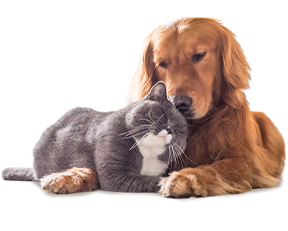
Find the right product for your pet
Take the quizHow to make bath time enjoyable for your dog
When bathing your dog, consider how you can make the experience positive for them. As pet owners, the last thing we want is to battle with our pets whenever bath time comes around. An enjoyable bath time is good for both you and your dog and will make the process much easier. So how do we make it a pleasant experience?
Positive reinforcement
Ideally starting as soon as you get a puppy, rewarding their good behavior during bath time with treats and praise is a good place to start. Besides, your energy and body language influences how your dog feels, so the more relaxed you are, the more relaxed your dog will be. Treat it as a moment of bonding, and your dog will be much more likely to see it as something to enjoy rather than something to resist.
Allow your dog to get their energy out before bathing
If bathing your dog proves to be a challenge, take them for a nice walk beforehand to let out any pent-up energy.
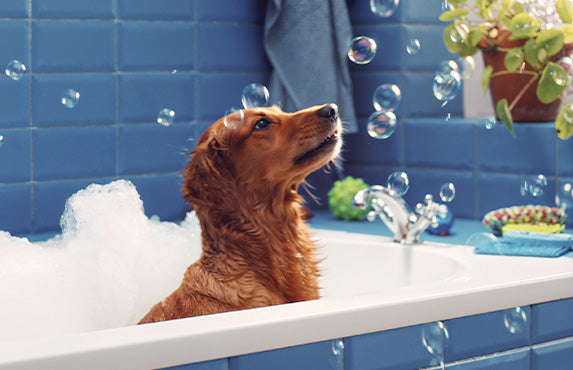
Don’t rush the process
Let your puppy or dog explore the bath. Allow them to be curious. Rather than forcing them to sit in the bath, it’s much better in the long run to start with smaller steps. Before putting them in the bath, give them treats as they get used to the sound of running water, then try putting them in the water on another day. Though it may take longer to get them clean as a puppy, it will make future baths more enjoyable and save a lot of time in the long run.
Ensure the floor isn’t slippery
Sometimes a dog’s hesitation is caused by their sensory experience, so it’s important to make sure they feel comfortable. Also, slipping can cause injury, especially while a dog is growing. Using a non-slip bath mat or towel can make a huge difference in how much they enjoy bath time.
Monitor water temperature and pressure
Keeping your pet at ease is the simplest path to a more positive bath experience for your pooch. You want the water to be a comfortable temperature for them (lukewarm, ideally), and make sure that the pressure is not too harsh for their body.
How to bathe your dog
1. Brush your dog’s coat and ensure there are no knots or mats.
2. Consider the best location for bathing your dog. Whether they are bathed outside, in the sink or in a bathtub will largely depend on the climate and the size of your dog. Avoid bathing your dog on slippery floors.
3. Make sure that you are prepared with bathing products, towels and any other necessary items. Having everything you need at your fingertips will prevent a wet, slippery dog running around the room.
4. Ensure your dog is completely wetted down before applying shampoo. When applying shampoo, make sure you can get a good lather all over them, and don’t overlook places like the armpits, paw-pads and bellies. Massage the shampoo into their skin and leave it for 2 to 3 minutes before rinsing it off. When using medicated shampoo, follow any instructions provided by your vet.
5. Avoid eyes and ears. Use wipes or a damp cloth when washing your dog’s face. If your dog has skin folds (like with Boxers or Bulldogs), get into the depths of the folds to prevent skin inflammation.
6. Rinse off all shampoo. Any shampoo that remains on the skin may act as an irritant and dry out the skin. Be patient with this process and rinse your dog a few times from neck to tail.
How to dry your dog properly
There are a few options for letting your dog dry after their bath time.
Let them air dry
If your dog has short hair, allowing them to dry naturally can be appropriate, especially if they have sensitive skin. A few shakes and happy zoomies later, your dog may be comfortable enough to air dry without any intervention. However, air drying likely isn’t appropriate for dogs with long or thick double coats, especially in humid environments, as it can lead to skin infections or matting of the fur.
Towel dry
A tried-and-true method, towel drying will remove the extra moisture. It is best to get a dog towel that will draw out more water than your regular bath towels. Towel drying may not be appropriate for dogs with long hair that is prone to tangling.
Blow dryers
Groomers often use dog-specific blow dryers to speed up the drying process and make sure your dog is nice and fluffy by the time you pick them up. Using our own human hair dryers is not recommended with the heat settings, as it can be far too high for a dog’s skin. If you use your hair dryer, make sure to use it on a low heat. There are several different types on the market, such as cage dryers, force dryers and stand dryers.
Blow dryers that are designed for dogs are versatile and customizable, and will promote a safer, more positive experience for them. Introducing a blow dryer to your dog slowly to get them used to it is incredibly important, as the sound and force of the air can frighten them.
Find the ideal bathing routine for your dog with expert advice from our pet care professionals. Discover essential insights on bathing frequency, suitable products and the impact of factors like breed and lifestyle on your dog’s skin. Create a positive bathing experience with reinforcement, exercise and a non-slip surface. Follow a detailed guide for effective dog bathing and drying. Choose DOUXO® Skin & Coat SPA and DOUXO® S3 for specially formulated products tailored to your dog's skin and coat needs, and let our expertise guide you to make bathing a positive and enjoyable experience for your furry friend.








